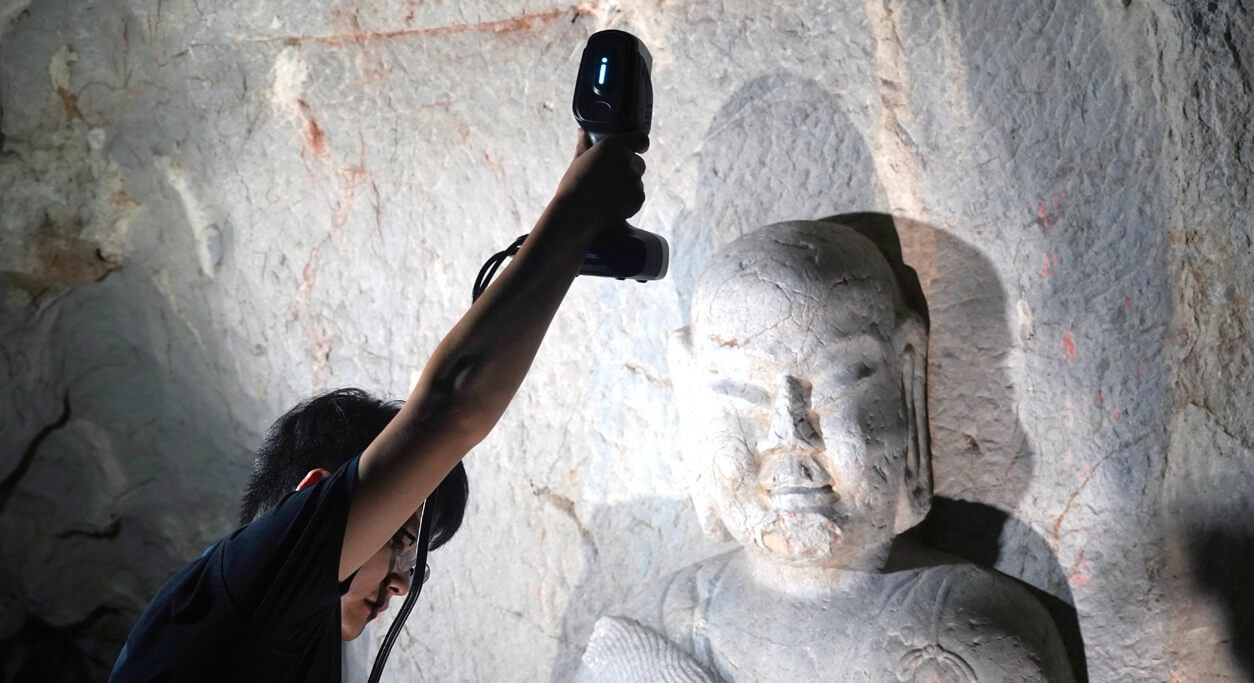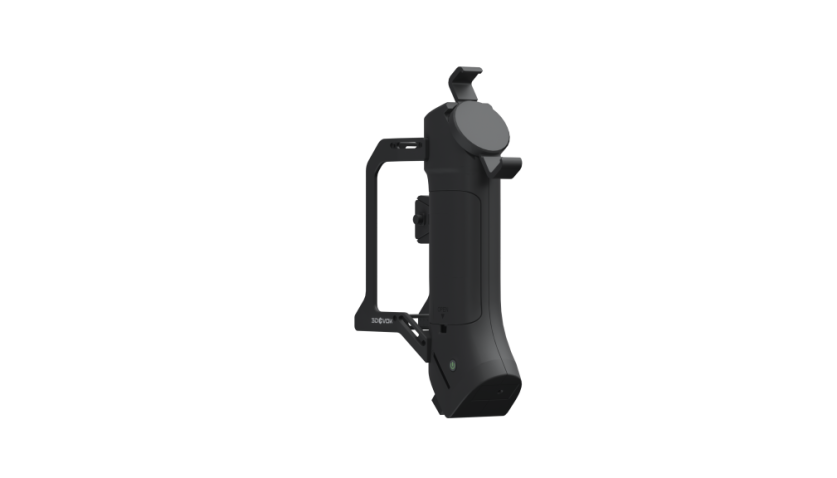Understanding Scanned 3D Models: How They Enhance Business Processes
04/09/25
In today’s fast-paced industrial environment, scanned 3D models are becoming an essential tool in streamlining production processes. These digital models can significantly enhance the design, manufacturing, and quality control processes, improving accuracy and reducing production time. Industries ranging from automotive to aerospace, and from consumer products to architecture, are benefiting from the use of 3D scanning technology. We specialize in providing scanned 3D models that meet the specific needs of various industries, helping businesses optimize their workflows and enhance product quality.
What Are Scanned 3D Models?
Scanned 3D models are highly detailed digital representations of real-world physical objects, created using advanced 3D scanning technologies such as laser scanning or structured light. These methods capture the precise dimensions, geometry, surface texture, and intricate details of an object, converting them into accurate digital data. This data is then processed into 3D model files compatible with various CAD (Computer-Aided Design) software platforms. Once created, these models can be edited, analyzed, and optimized for a wide range of applications, including product development, reverse engineering, prototyping, manufacturing, quality inspection, and even virtual or augmented reality experiences.
Applications of Scanned 3D Models in Business
The applications of scanned 3D models in business are diverse and far-reaching. In the automotive and aerospace industries, for example, 3D scanning is used to reverse engineer existing components, allowing manufacturers to create more efficient parts without starting from scratch. In architecture and construction, scanned models of physical structures help architects and engineers visualize projects in 3D, making it easier to identify design flaws and improve planning.
Scanned 3D models also play a crucial role in quality control. By comparing scanned models of physical objects with their original design, businesses can quickly identify deviations or defects. This makes the manufacturing process faster and more reliable, ultimately improving product quality. Moreover, scanned models are invaluable in prototyping and testing, enabling businesses to create precise models before moving to full-scale production.
The Advantages of Using Scanned 3D Models for Accuracy and Efficiency
One of the key advantages of using scanned 3D models is the exceptional level of accuracy they provide. Modern 3D scanning technology captures even the smallest details of an object with high precision, making it invaluable in industries where tight tolerances and exact specifications are essential. Unlike traditional manual measurement methods, which can introduce human error, 3D scanning delivers consistent and reliable results, ensuring that dimensions and features are faithfully reproduced and helping prevent costly production errors or design flaws.
Additionally, scanned models can be easily modified in CAD software, allowing for quick design iterations. This drastically reduces the time spent on revisions and facilitates a more agile development process. In industries where time-to-market is a competitive factor, this increased efficiency can make a significant difference. Furthermore, scanned models enable better collaboration across teams and departments, as the digital files can be easily shared, edited, and analyzed by different stakeholders.
Conclusion: Why Investing in Scanned 3D Models Makes Sense for Your Business
Investing in scanned 3D models is a strategic move for any business looking to improve operational efficiency, reduce costs, and enhance product quality. With the ability to create highly accurate digital representations of physical objects, businesses can streamline their design, production, and quality control processes, ultimately leading to better products and faster delivery times. At 3DeVOK, we offer reliable and precise scanned 3D models that cater to the diverse needs of businesses across various sectors. Whether you’re looking to enhance your design process, streamline production workflows, or improve quality assurance, investing in scanned 3D models can provide the tools necessary to drive success in today’s competitive market.
Related Articles
View Our Product






